- Home
- slideshows
- miscellaneous
- Pluto was discovered 90 years ago this week. Controversy about its identity rages on.
Pluto was discovered 90 years ago this week. Controversy about its identity rages on.
When Tombaugh discovered Pluto (the first frame of the animation below is a digital zoom-in on the image he captured), he was using 1930's most cutting-edge technology: a "blink comparator."

Pluto orbits the sun at a distance of about 3.6 billion miles (5.8 billion kilometers) on average — about 40 times as far as Earth's orbit.
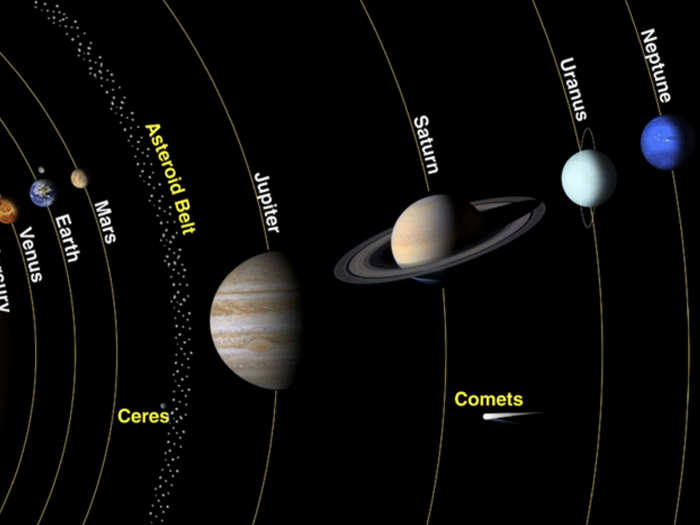
Source: NASA.
Pluto is 5.5 times smaller than Earth, at 1,400 miles (2,380 kilometers) wide. That's about half as wide as the US, or two-thirds the width of our moon.
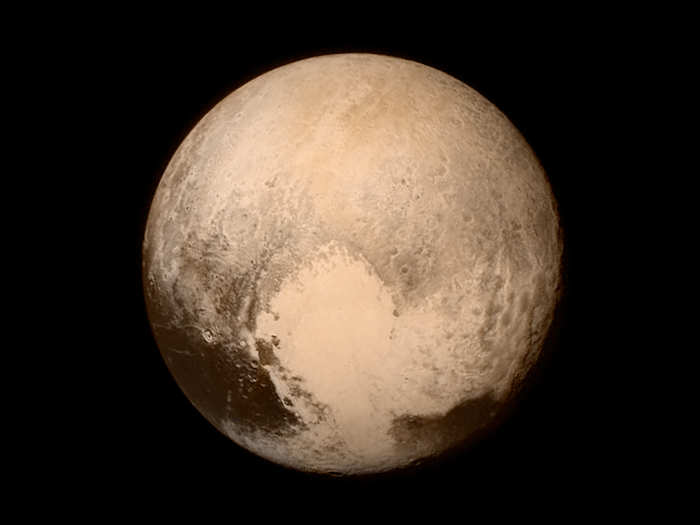
Source: NASA.
After Tombaugh's discovery, astronomers learned that Pluto's orbit is more elliptical than the eight other planets' paths and not on the same plane as theirs.
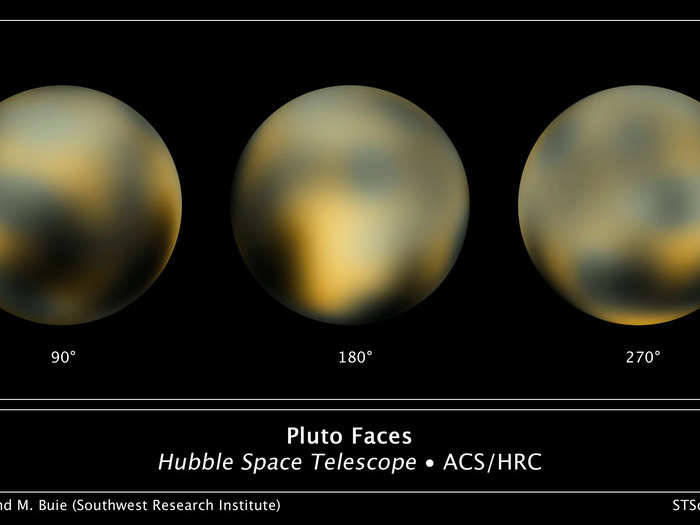
In 1978, US Naval Observatory astronomer James Christy discovered a "small bump" on Pluto's side. He realized the bump was an object orbiting Pluto: a moon.
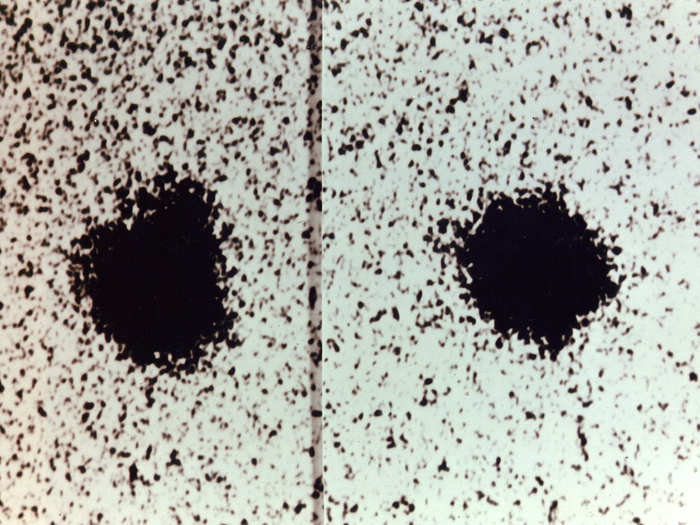
Source: NASA.
The large moon is called Charon, and it's unusual because the time it takes to orbit Pluto is the same amount of time it takes Pluto to rotate, so the moon always hovers over the same spot.
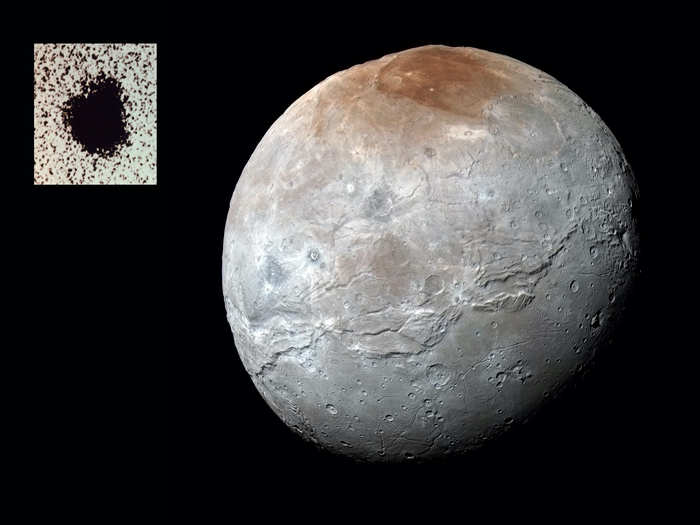
They were the first known "double planet" — two bodies that orbit a common center of gravity — to be discovered. Pluto also has four other moons.
In 1992, astronomers David Jewitt and Janet Luu discovered the first Kuiper Belt object aside from Pluto, called 1992 QB1. It was evidence that more objects lurk in the distant solar system.

The discovery suggested Pluto was probably not the only "planet" beyond Neptune.
In the 1990s, NASA discovered more worlds similar to Pluto in the Kuiper Belt. Astronomers think many of the objects there are early remnants of the formation of the solar system.
Then in 2003, astronomers found a Kuiper Belt object that became known as Eris. It's larger than Pluto, so gave rise to discussions about what it really means to be a planet.
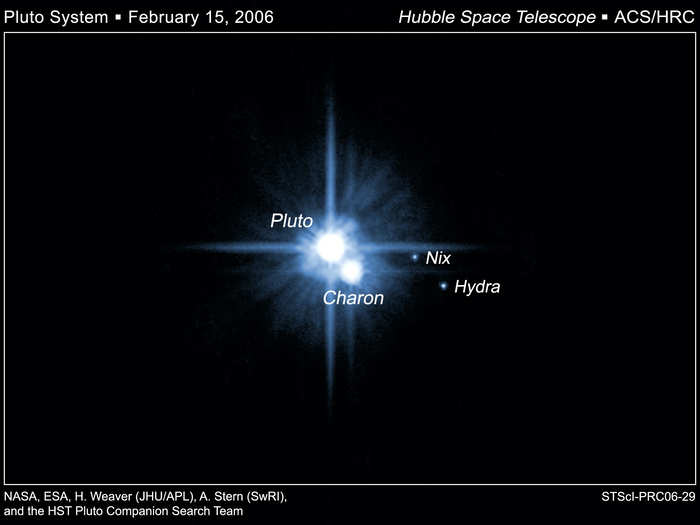
In 2006, the International Astronomical Union (IAU) downgraded Pluto from a planet to a dwarf planet. Eris was designated a dwarf planet, too.
The IAU set three criteria to define a full-sized planet:
- The planet is in orbit around the sun.
- It has sufficient mass to assume "hydrostatic equilibrium," or essentially, a round shape.
- It has "cleared the neighborhood" around its orbit.
The IAU says Pluto "has not cleared its neighboring region of other objects," since it shares its orbital neighborhood with other Kuiper Belt objects.
"Just so you know, in my view, Pluto is a planet," NASA administrator Jim Bridenstine said during a tour of the aerospace lab at the University of Colorado Boulder in August 2019.
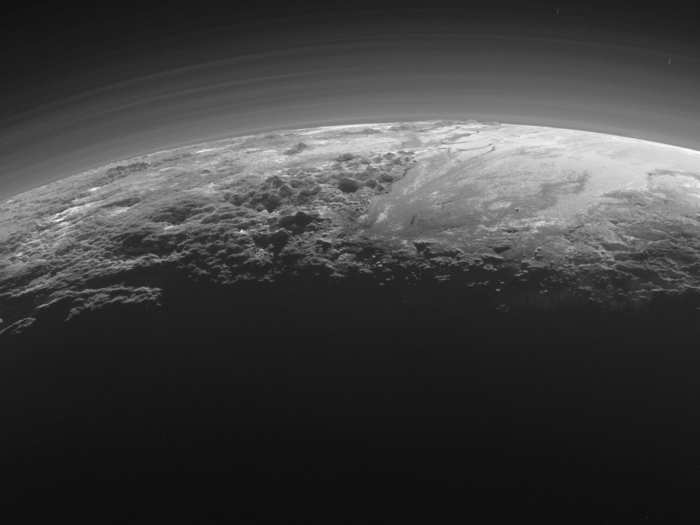
Source: Business Insider.
NASA's New Horizons mission launched in 2006 to study Pluto, its moons, and other distant objects.
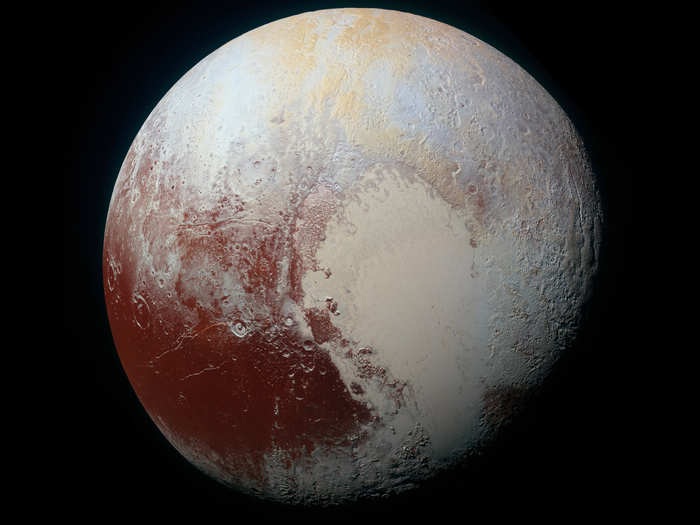
The nuclear-powered spacecraft flew by Pluto in July 2015.
It was the first spacecraft to visit the dwarf planet.
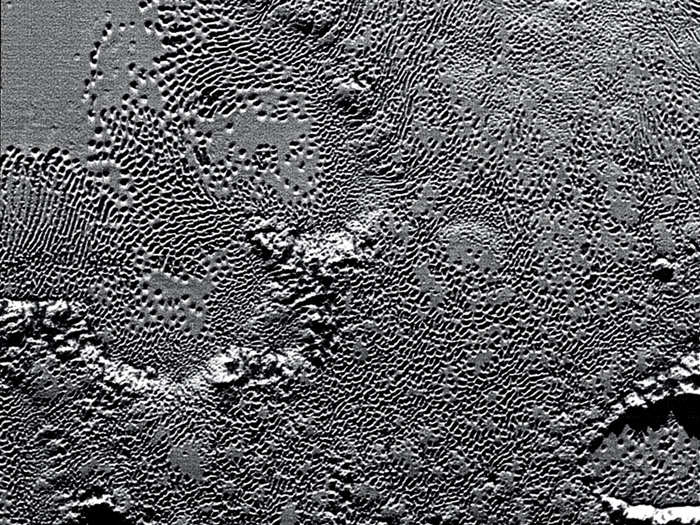
By the time the probe reached Pluto, it had traveled farther from Earth and been in space longer than any deep-space spacecraft before it (more than nine years).
Charon's size and proximity to Pluto were two of the main reasons astronomers wanted to send New Horizons there.
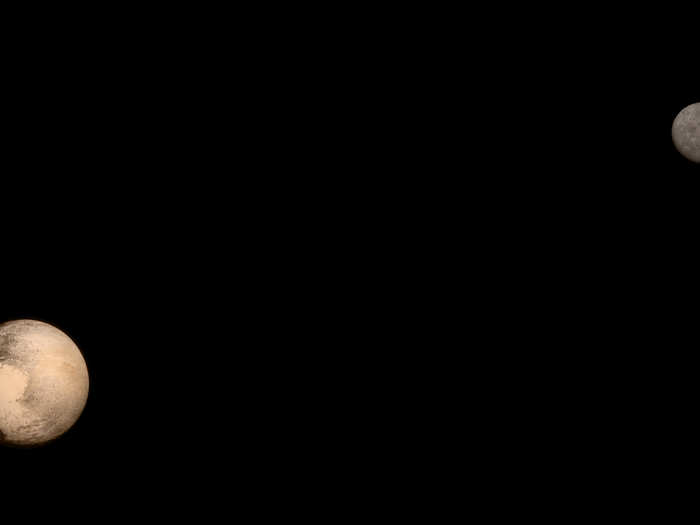
"The importance of the discovery of Charon really cannot be underestimated," Stern said in a NASA announcement. "We on the New Horizons team owe a big debt of gratitude to Jim Christy for his landmark discovery."
The mission sent back new data about Pluto's surface and moons, and indicated that the system was more complex than astronomers had realized.
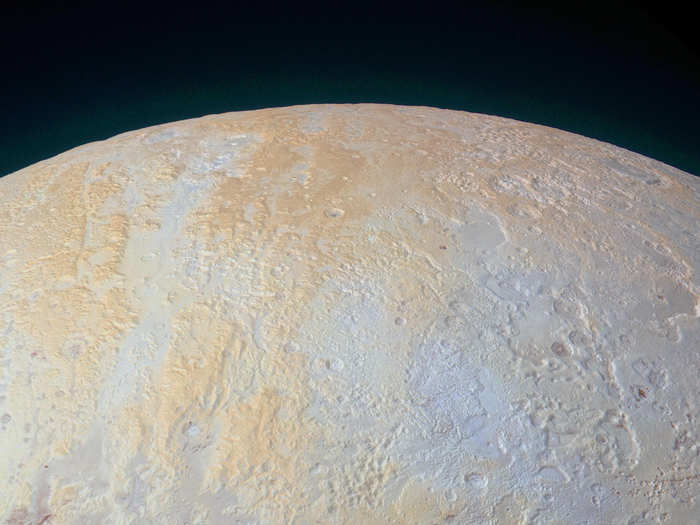
New Horizons' data hinted that Pluto could have an internal water-ice ocean.
New Horizons is still in space collecting data.
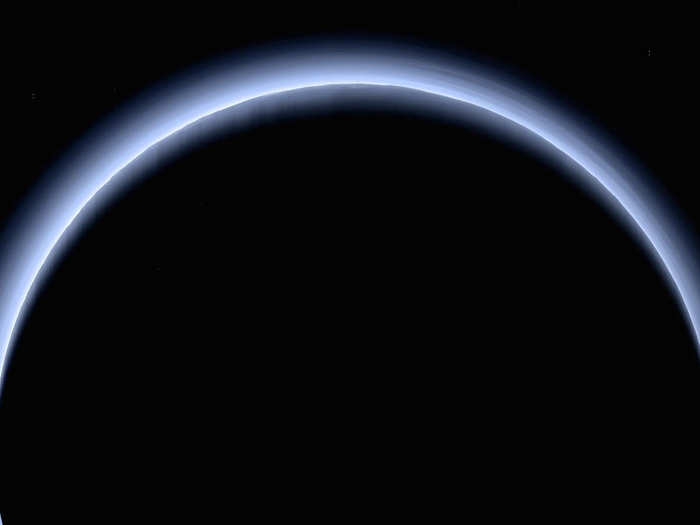
It flew by the farthest object ever visited, called "Arrokoth," on January 1, 2019.
Its images revealed Arrokoth to be an icy, snowman-shaped object.
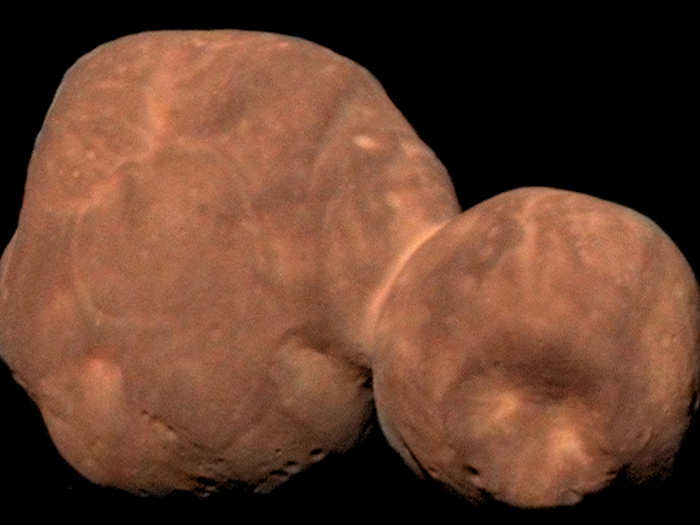
"We've never seen anything like this anywhere in the solar system," Stern said. "It is sending the planetary science community back to the drawing board to understand how planetesimals — the building blocks of the planets — form."
The animation of Arrokoth below was released last week, compiled from the data New Horizons gathered during its flyby.
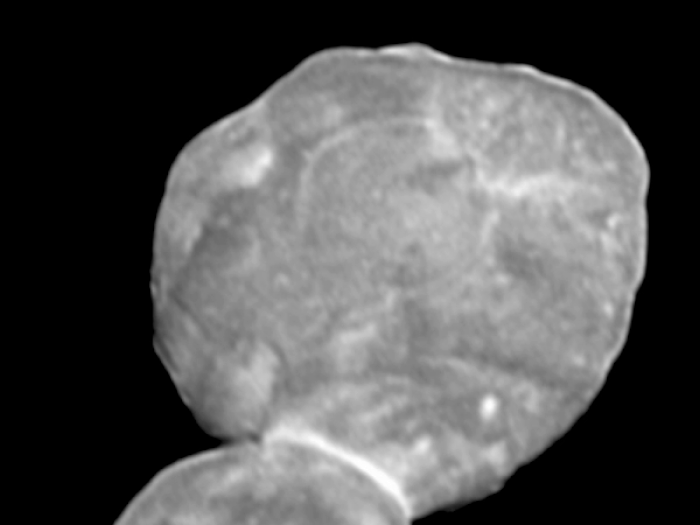
New Horizons is slated to continue exploring the Kuiper Belt through 2021, and potentially fly by another object there if it encounters a worthy candidate.
Popular Right Now
Popular Keywords
Advertisement